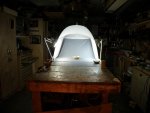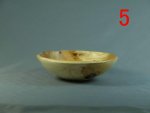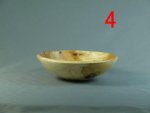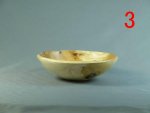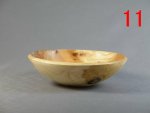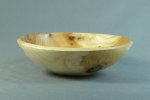Stu, as per your question about what ISO does to your digital images in a good dSLR, I spent a lot of time after I baught mine reading up on this, and then experimenting, tweaking speed, aperature and ISO etc. while keeping other things equal to see what effects what. Bottom line as far as the ISO is concerned, is it depends at least somewhat on how good the electronics in your camera are. The better dSLRs will let you bump that ISO up to 1600 and even 3200 is some (like my Nikon D40X) without a WHOLE lot of deterioration. What the higher ISO does is introduce what is called "noise" in the picture. Noise starts as small specs, a pixel or two here and there, almost unseen when noise is low, and eventually, worse case, can be seen as white specs in darker areas of your pic. The entire pic when you blow it up, will appear slightly more pixelated at higher ISO's also. Noise is introduced because you are basically amplifying the signals taken into that sensor when you bump up ISO. In effect you're forcing the camera to process that light quicker and thus some electronic shortcuts are applied as you are forcing a lot more light through the filters quicker. A good analogy is when you turn the volume up too far on a speaker, and it eventually over modulates and starts sounding funky. In general, the larger the physical sensor size, the better the camera can handle noise, but there are many other factors, not the least of which is the electronics in that camera that tweaks that light coming in, putting it through electronic filters and masks etc to get the colors correct, and filter out that noise that wants to creep into every digital pic if it wasn't corrected for. This is yet another example of the fact that in some ways, you do get what ya pay for. Two cameras can have same number of megapixels, speed, all the main specs etc etc, but one will give you cleaner clearer shots under less than ideal conditions because it has much more sophisticated electronics processing that pic. For example, when it's getting dark and you can't slow the shutter speed down too far because subject is moving and pic will be blurred, or you can't open up the aperature too much to let more light in because then your depth of field will be too shallow and much will be out of focus, so you bump up the ISO as far as it will go. In those conditions, a good camera will still get you a good shot without introducing too much noise.

